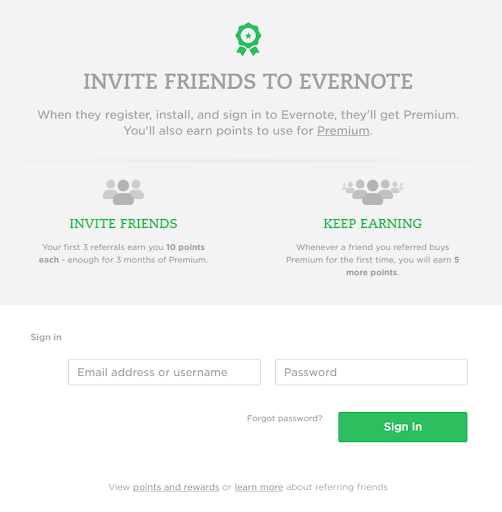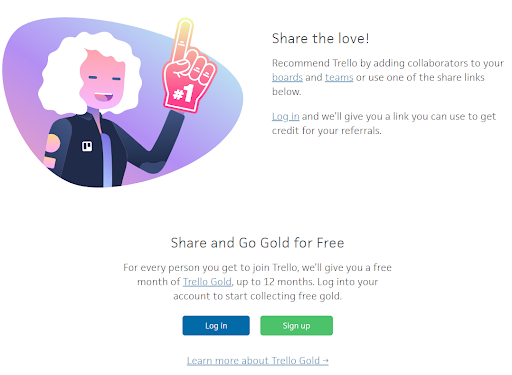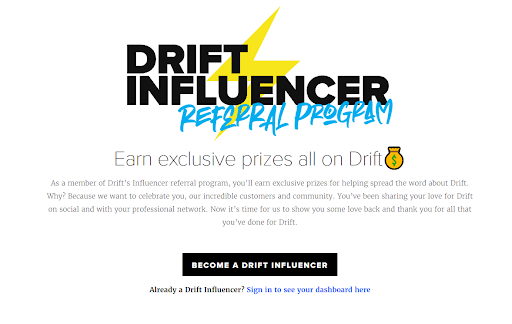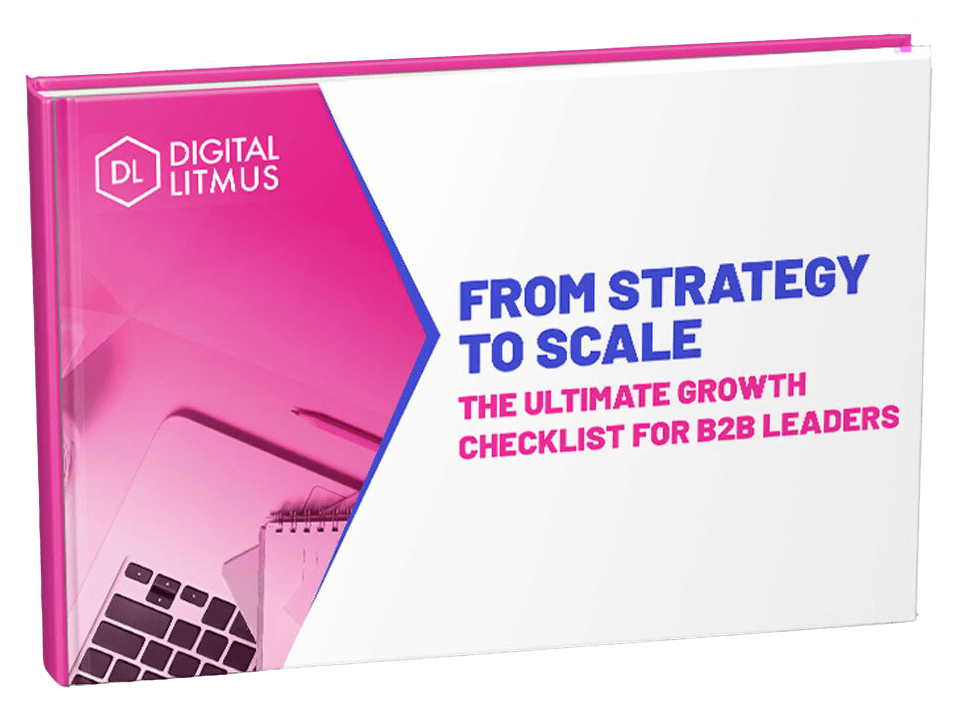Let’s not beat around the bush. Running a SaaS company is tough. With 92% of SaaS startups failing within the first 3 years, the odds of success are stacked against SaaS founders right from the off.
There’s a lot to get right in a SaaS business. First and foremost the product needs to be solving genuine customer pain points, ideally those with a sizeable audience. Then there’s the quality of the product itself, the commercial model, managing churn and of course the big one...customer acquisition.
Many SaaS commercial models rely on the ability to significantly scale the customer base to achieve long-term survival. But one big challenge for many SaaS businesses is the low price for subscription, which is often paid on a month-by-month basis.
Sustainable growth needs to come alongside a low cost-per-acquisition (CPA). Without this, marketing is likely to be unprofitable and the numbers just won’t stack up.
Inbound marketing is a tried and tested approach to growing a SaaS business. It involves the use of marketing channels that draw target customers directly into the sales and marketing funnel.
Inbound acquisition strategies that immediately meet demand, such as Google pay-per-click advertising, or those that help to support a prospective customer’s decision making as they move towards purchase (e.g. blogs, gated content, product videos etc) have a tendency to yield better results.
But not all inbound marketing strategies make sense for SaaS businesses, especially in the early days when traction is the name of the game. In fact some strategies should be given a wide berth entirely, at least in the short to medium term unless there’s some serious time and money being invested into them.
In this blog we’ll explore three such strategies that feature regularly on the ‘top inbound strategies for SaaS companies’ hit lists you’ll find around the web, and tell you why most of the time they overpromise and underdeliver.
1. Referral Programs
Referral programs are considered the rockstars of SaaS inbound marketing strategies. They work on the premise that your loyal customers will do the heavy lifting when it comes to acquisition on your behalf. When this works at scale, it’s the ideal outcome for any business.
The likes of Evernote, Dropbox and Drift to name but a few, are often cited as the paragons in this field. So let’s take a look at what they did:
Evernote
Evernote’s product and feature set was so good that users craved Evernote Premium enough to want to reduce their monthly costs in exchange for sending out referral invites.

The referral program works on a points system. Every time a user acquires 30 points, they get one free month of Evernote Premium in return. Each referral has a value of 10 points, and any referral that converts to Premium, earns you 5 points.
This program was a hands down success. Out of the billion Evernote users, 13% were a direct result of a referral.
Trello
Trello is a collaboration platform that allows users to keep track of tasks and projects.
Trello uses a similar referral method to Evernote, where referring a friend who signs up gets you a free month on their Gold premium plan. You can refer up to 12 friends, each one giving you an additional month of free access to their top features.
What has made this such a success is simply that their Gold plan is such an added value to the user experience that many users very willingly refer their friends in order to access the Gold features.

Drift
Drift have done something rather radical in the SaaS space. They’ve made their brand genuinely cool.
This is no mean feat. It takes a lot of effort (and investment) to turn a conversational marketing platform into a brand that people want to follow in almost a tribal nature. Even more unconventionally, their referral program isn’t based on direct product rewards. Customers get branded swag instead.
Savvy deals with fashion brands like Adidas have pulled in the digital marketers at scale and helped to promote Drift as an exciting, forward-thinking business.


But while the Silicon Valley SaaS giants get the headlines for these successes, the stark reality is that more often than not, referral programmes are hard to get off the ground, especially for B2B businesses.
Here are some of the commons reasons why:
It’s truly hard to understand what motivates customers to share products
“The Psychology of Sharing”, a study published by The New York Times Customer Insight Group, broke down the reasons why we share into five categories:
- To bring valuable and entertaining content to others.
- To define ourselves to others.
- To grow and nourish our relationships.
- Self-fulfilment.
- To get the word out about causes or brands.
What this tells us about the human instinct to share is that everyone thinks differently when it comes to determining value for themselves and others. This makes it incredibly difficult to develop a referral program that motivates enough people to share at scale.
One way to find out the answer to this question is to do controlled testing on various incentives. But that requires a willingness to invest the time and money into tests with no guarantee that you’ll see good results. It also becomes logistically complicated if you are changing up your referral scheme regularly and confusing your regular referrers.
Surveying your users to get their opinion will help but it’s always difficult to get a large enough sample size of responses for the data to be very helpful.
Cashback and discount based incentives can hurt your bottom line
Cashback is an obvious incentive and a scalable reward, but if you've got a low price point for your subscription, which is often the case with SaaS, it may hurt your bottom line.
Alternatively, if your SaaS product involves a high value Enterprise-level sale that often requires a full procurement process in the purchase, it's unlikely the financial stakeholder in the business will go to the trouble of getting involved in a referral programme as they won't have developed any meaningful brand loyalty.
Discounts are another solid incentive, but for your users to refer at scale the discounts would have to be significantly attractive.
Heavy discounts for many users would inevitably put a strain on your margins, especially once you factor in churn rates.
Branded swag incentives are an expensive upfront cost
Unless you’ve got a brand that is making waves in the industry as a result of major marketing investment (like Drift), it’s not easy to get people interested enough in your business that they would want to own (and wear) your branded merchandise in exchange for a referral.
For consumer marketing, this approach may be more successful, but in the B2B space taking this approach is a sure-fire way to blow your marketing budget before you even get going.
Customised branded items that leave a good impression come at a premium upfront cost with no guarantee you'll see a return on the investment.
Upgrades & feature unlocking are difficult to build into products retrospectively
Like the Trello and Evernote approach, this works if customers are desperate for your features and it's a product that is truly embedded into daily habits and processes.
For an earlier stage SaaS business, it can be difficult to determine what features are must-haves for your users that they would happily refer friends in order to have access to them. This can be done by frequent testing or surveying but you may find that your product just doesn't have that type of resonance with your customers.
Even when you do identify those must-have features, it’s a significant product development investment to build features that are locked for some pricing tiers but not others. Adding feature locking retrospectively can be even more challenging, especially if you have an already established customer base using your product who could react negatively to the changes.
Want to ignite your lead generation and drive revenue growth? Explore our Demand Generation services and how we can help your business thrive!
2. Co-Marketing / Partnerships
Partnerships with other brands often get management teams and investors excited as they are often PR'able. In fact, a notable partnership can in fact be enough to secure a funding round for a SaaS business.
Whilst those may be positive side benefits, it’s easy to believe that a partnership with a reputable business that has access to your perfect customer base will automatically skyrocket your customer acquisition. The reality for many businesses is that partnerships often disappoint and generate poor results.
The commercials need to be attractive on both sides
The problem with partnerships is that they only work if the commercials are so good for both businesses that it's a no brainer to invest resources in making the partnership work at scale.
A potential partner might have something you need to grow your business, but you’ve also got to offer the same value back to make it work for them too. When both parties see a partnership working, it's more validation to collaboratively double down on the effort being put into it.
Slow to agree, slow to activate, slow to see results
Another challenge with partnerships is that they can take a long time to set up and agree contractually. Once the legals are over the line, depending on the amount of stakeholders involved, they can also take a long time to activate. A true partnership will involve some level of integration into the working practices of both businesses. Without this, it will likely die out with a whimper.
Partner marketing channels can be unreliable
An important question to ask is whether your potential partner can give you access to the marketing channels you need to generate results quickly. Ideally, your in-house marketing stakeholders will be involved at the negotiation stage of any deal as they will be closest to the current acquisition strategies and know what channels work effectively
And don’t forget, data laws may limit the use of email lists, a partners website promotional coverage may not be adequate or traffic may be too low, and social media channels may not be sizeable or engaged enough audience to have any meaningful impact.
3. Influencer Marketing
Influencer marketing involves getting a celebrity or well-known public figure to endorse your product on their own platforms. Influencers tend to cherry pick who they work with, which means you need to really invest in the pitch to make them want to work with your brand.
In the B2B world, depending on how niche your target audience is, you often won’t have a large pool of influencers to choose from.
ROI is dependent on having a suitable offer that converts
To get a return on any investment, you would need to find someone reputable that has an adequate reach to your target audience, and then ensure the collaboration has a solid conversion offer too.
Attracting suitable influencers at a cost that is bearable can be tough depending on the commercial model of your SaaS business. Conversion rates are difficult to predict and this makes the investment more risky if you can’t guarantee conversions to come in as a result of the relationship.
Not all influencer relationships are perceived positively
Picking the wrong influencer can lead to long term effects on your brand reputation. If an influencer doesn't resonate well with your audience, even if your relationship with that influencer was short lived, it’s difficult to disassociate your brand with them.
The Solution? Find scalable paths to growth
So there you have it. Three inbound strategies that sound like they are no brainers, but can in fact be significant time and budget killers for SaaS businesses.
The key with your choice of inbound marketing strategies is to find the scalable paths to growth.
Investing too much time in channels that you can't reliably predict the success of, or control, will be a big distraction and take you off course.

Are you a B2B company looking to accelerate growth?
Our connected sales, marketing, and HubSpot agency services might be just the ticket. Get in touch for your free growth assessment to find out how you can accelerate business growth today.





